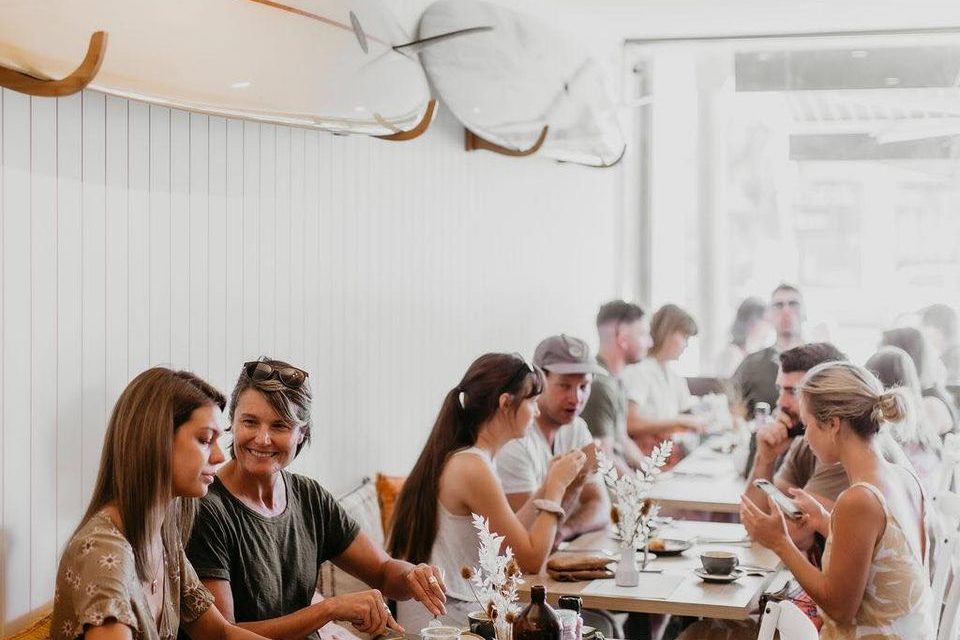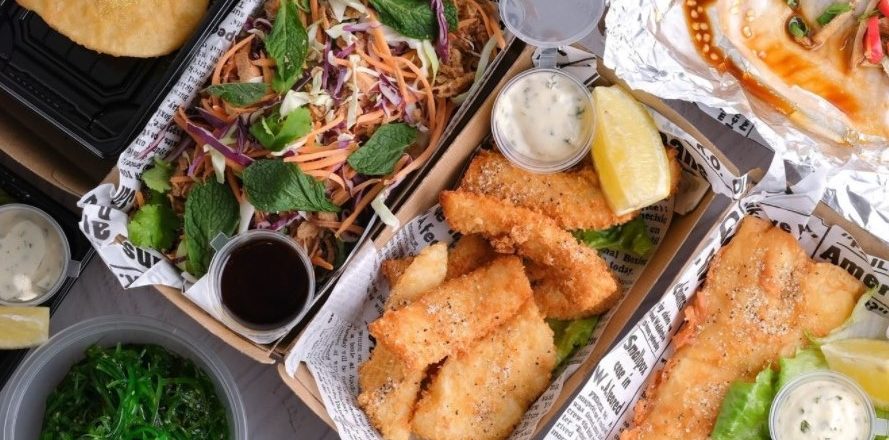
and a few lessons learnt along the way…
We tend to discuss three common themes with business owners when we meet about their new venues – cost, quality, and time frames.
At the time, they might be pitching their passion project in a completely blank, under-construction or partially fitted out tenancy and can quickly become overwhelmed with the decision making process.
Commonly asked questions around the budget can be so open ended, as such are a bigger discussion; How much will it cost to set up and run the project? What is an appropriate amount to budget for equipment? Do I really need a grease trap or exhaust hood if I’m only doing a certain type of food?
After 40 years of supporting clients from their first to their fifth hospitality venture, we have a lot of experience guiding them during this process. We’ve reached out to some valued customers for some golden nuggets of knowledge and advice, on things they wish someone had told them before starting their business.
Lesson 1: Designing for the bigger picture
Eagerness to get the ball rolling for a hospitality business can often be the cause for expensive fixes down the road.
Take your time to clearly define your venue identity, and to distil it into your design idea. Be patient with the journey so when it does come time to open your doors, you can do this with confidence. Your budget should be based on your measure of sustainability, success, and safety margin, not solely on how much you have (or don’t have) to spend. It may take longer than expected, but thinking about the bigger picture for your business goals and plans, will lead to a more accurate break-even analysis. This will allow you to determine your envisaged return on investment and the repayments needed from the profits.
Having a solid budget plan also goes a long way towards preparing a clear brief for the subcontractors involved in the project.
“We could have thought bigger picture with a more long-term vision for the venue design. It’s okay to allocate and prioritise what you think at the time or for the foreseeable future, but not having our dream design on paper to follow has created issues where we have had to make many major, and costly, changes and improvements.”
Brent – F&B Manager, Your Mates Brewing
Lesson 2: Have a buffer in your budget
Budgets are quickly compromised when unknown issues pop up during the tenancy demolition and the building process. Whether you are starting from a blank canvas, or you are taking over from a pre-existing fitout, there will be elements that will take considerable time, money and energy to complete.
Any drafting office can put your ideas and appliances down on paper, but paying for knowledge in the investigation and food service business planning is what will save your builder from surprises, and save you money in the long run.
If not, one should overestimate costs where possible, and have a buffer or emergency fund in case things don’t go as planned. Once this is done, compare the costs of getting professional help. It will likely lead to a much more efficient spend of your dollars. For example, identifying the design elements that aren’t feasible in the first initial build but could be planned for in the future.
Considering long-term goals that allow you to stage the works or upgrade down the track, makes it more cost efficient and reduces business disruptions along the way when you choose to implement them. We regularly work with clients who know all too well the growing pains of staged construction.
Everybody tells you the first year is tough, but whatever funds you think you’ll need – double them! In order to sleep at night, we chose to tackle the fitout in stages. This helped with managing the finances for us, however, it caused a lot of operational headaches working in what feels like an endless construction site! We love that our space is understated, roomy and raw. It’s important to follow your instincts and be prepared to ask for help; however, don’t let it be a distraction to your ideas and business.”
Attie – Owner/Operator, Groundskeeper Willie Coffee Roasters
Lesson 3: Design planning is paramount
One cannot pay enough for a good design, and this takes knowing what you want and having a solid design plan. This will enable the builders and subcontractors to provide accurate quotes and carryout the works as planned, minimising risks and surprises.
This is also crucial when it comes to your menu. It is better to have a singular focus for your menu offerings rather than trying to cater for everyone. This allows you to smoothly implemented food storage and process management systems, which will in turn assist in a better use of your space, and therefore return on your build budget.
It can be costly buying unnecessary equipment when starting out, or not having the flexibility in your layout to change it as the business identifies it’s needs;
We bought too much equipment in one hit and haven’t needed it. But we got help with planning to set up the space so it can flexibly grow, to minimise future costs of reworking the tenancy. This allows you to procure the right equipment or change it as business needed it. Now I love our kitchen! Since designing and renovating, we’ve added different shelving, and slowly added equipment as we grow the business over time.
Jenny – Owner/Operator, Koi Fish and Chips

Lesson 4: The poor man pays twice
Starting with a limited budget can make purchasing cheaper or second hand equipment seem like a viable option. For others, it has been the only way to launch their hospitality venture, however, for others, it has proven costly when the equipment inevitably fails and replacements are needed.
Mitch, who has successfully owned and operated Glass Coffee for almost a decade, spoke to us about his learnings, going from a start-up to just recently completing an extension and renovation of his space. His message was simple, it’s cheaper to budget properly and buy once.
“When we started we had a limited budget, so everything we bought was either affordable or second-hand. This has impacted us later, having to buy again and or upgrade. It was great while it lasted, but the number of repairs and servicing we undertook has equaled the cost of buying new. In hindsight, we wish we considered more clearly where our growth would lead, and invested a bit more to buy once. We love our space more than ever; setting up the kitchen properly with well organised, good quality equipment, has made all the difference for having a better working space for my staff, and helps in keeping quality staff too.”
Mitch – Glass Coffee House & Wine Bar
If there’s any one golden rule of thumb we could add to the above awesome insights ourselves – it’s to stop, take a breath – and pull out that business plan template. This will force you to input overheads, which will equate to how much profit you truly feel the business will generate based on income projections, that will pay your investment back over x years – thereby determining a sustainable budget.
But that’s another topic on it’s own for another time! For now, Hiller Hospitality is here if you find yourself needing help or guidance during the food service design, fitout and hospitality start up process – get in touch with the team here

